How to Easy Turn Your Product Photos into Stories That Sell

It’s no secret that product photos are just about the most important element of your product. After all, more than half of visitors to your product page will jump to interacting with your image gallery before looking at anything else on the page.
Yet, even with all that in mind, many store owners settle for basic imagery, often supplied by the manufacturer, with little investment in what these images say, or don’t say.

The image on the left definitely displays the product, but the image on the right starts to tell you about the person who buys this product. (Source: GradePixel)
This guide will not cover the whole scope of product image types you should have, nor will it cover the technical aspects of handling your own product photography. I am here to talk about visual storytelling!
Facts Bore—Stories Sell
While text descriptions and matter-of-fact imagery was effective for sales purposes for decades (and is still important today), shoppers need more to be convinced. Between endlessly scrolling on Instagram and binge-watching compelling TV shows on Netflix, simple basic imagery just doesn’t capture the imagination.
But more importantly, product images that tell a story switch shoppers from simply evaluating the logic of a purchase to experiencing how their life will be changed by this product. When shoppers experience a story, mirror neurons fire in the brain and cause them to feel the same emotions as if the story was truly happening to them. They get to feel how the product fits into their lives and enables them to be their best self.
Make sure the store is aligned with a compelling marketing angle to merge both strategies.
This is going to be a major step toward really building a brand rather than just a business. The stories you tell can wrap your entire brand or various product lines into cohesive stories and identities.
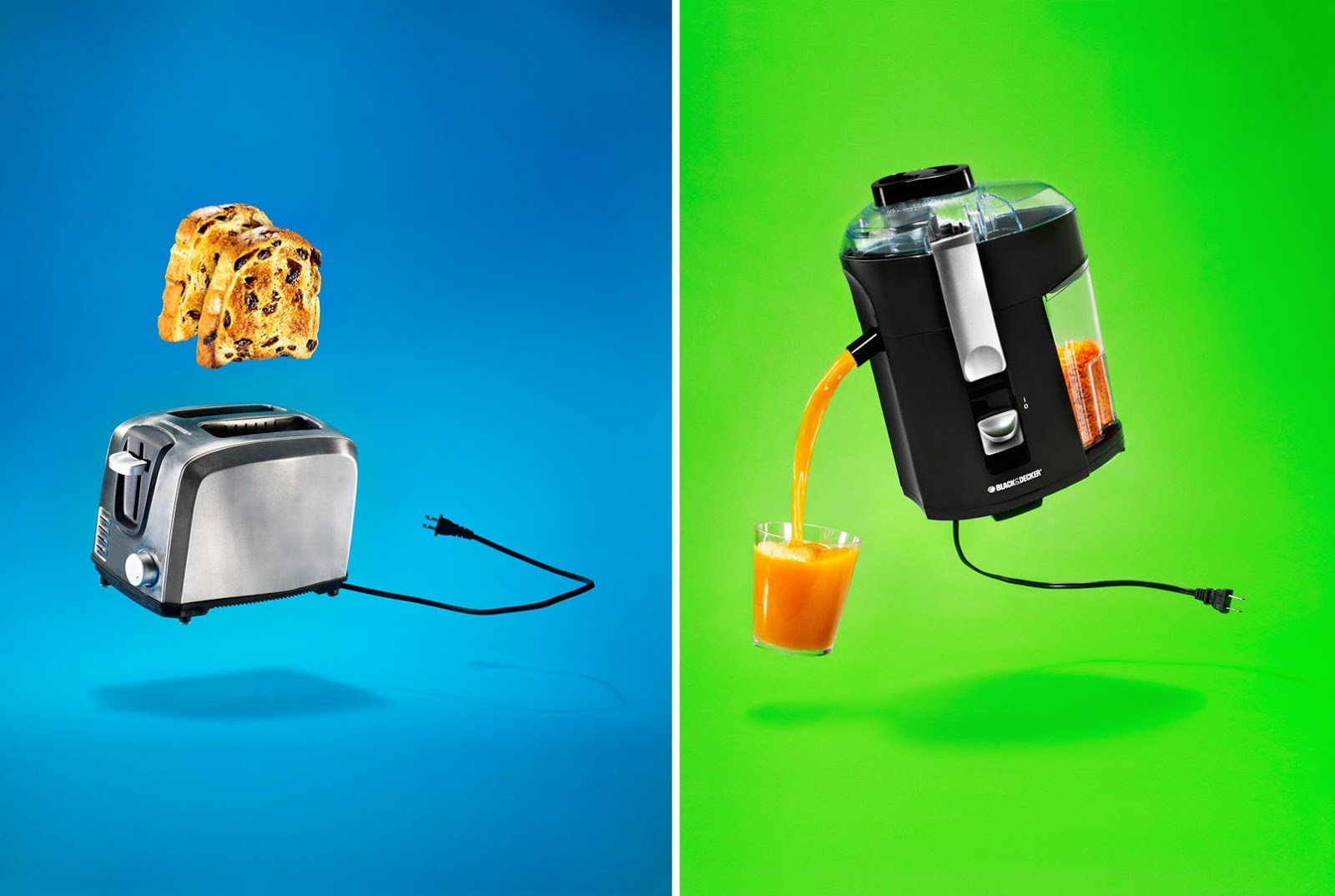
You don’t need to see much else about this brand to understand that they’re creative and unconventional. (Source: Lucas Zarebinski)
What Makes a Story?
While often just using creative, fun imagery can be enough to captivate consumers, crafting a story for your products and your brand can take some work. If you want your customers to care, you need stories that are compelling and relevant to your customers! Even better if they are true! A great place to start is with what your customers tell their friends and family about their experiences with your products.
But remember: The product is not the hero of the story
Neither is your brand. The hero is the one who is challenged and changes. The hero is your customer! They have hopes and goals, and challenges and hardships. Your product is a tool and your brand is a passerby (hopefully a helpful one) on the story of their life. This is important to remember when telling stories across all of your marketing channels.

While still putting visual emphasis on the products here, Pura Vida’s social media emphasizes the efforts of their customers and supporters. (Source: Post Funnel)
Storytelling in Product Photography
Now, all of that is great, but you aren’t making movies or commercials. You’re just trying to get some good product images to put up on your store. The key takeaways from this are as follows:
- Your customers buy on emotion.
- They are whole people, not defined by this single product.
So, let’s say we are a skincare company and we sell an antiaging cream and a sunscreen/moisturizer.
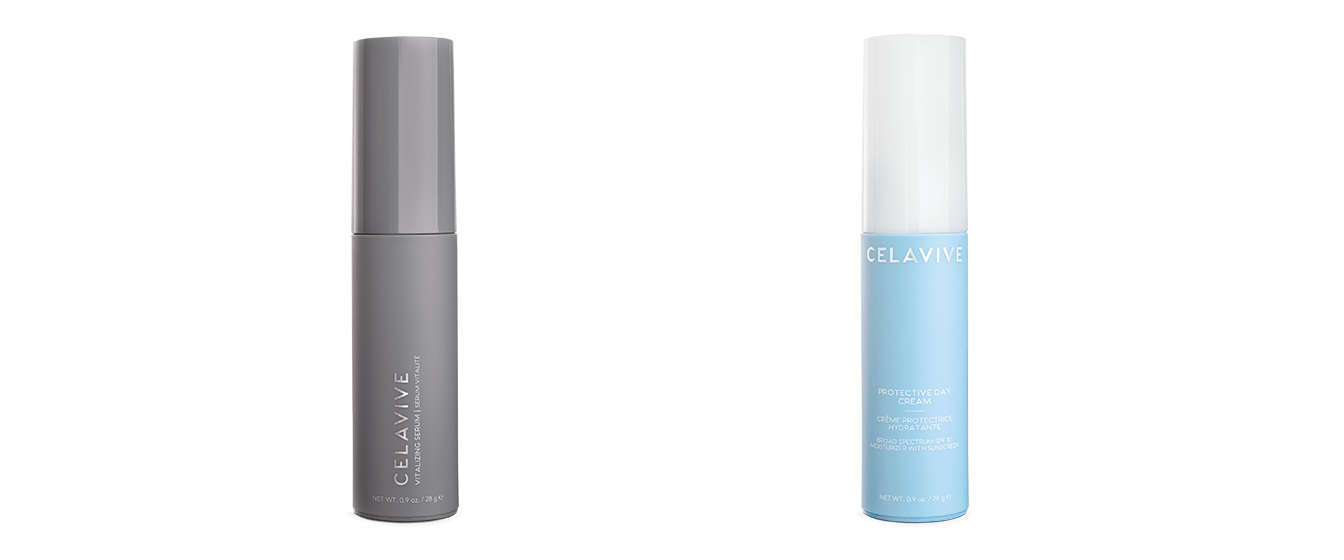
BAAM! Our products! Wasn’t that easy? (Source: Celavive)
These obviously aren’t particularly compelling images. Anyone that visits our stores will look at these and be forced to move over to the description or other supplementary content to get any real feel for these products. Yes, it shows exactly what the purchaser can expect to receive, but there’s no emotional feeling to carry over to a purchase.
Well, what can we do about that? There are hundreds of different ways to give more character to your products, from product photos with models to high-context scenes, but let’s keep it simple. A very modern photography trend known as flat lay photography can help.
Flat Lay product photography is essentially just laying out the product on a flat surface in a setting with other complementary items to build a picture of the situations in which people would use these products or one that represents other aspects of the product.
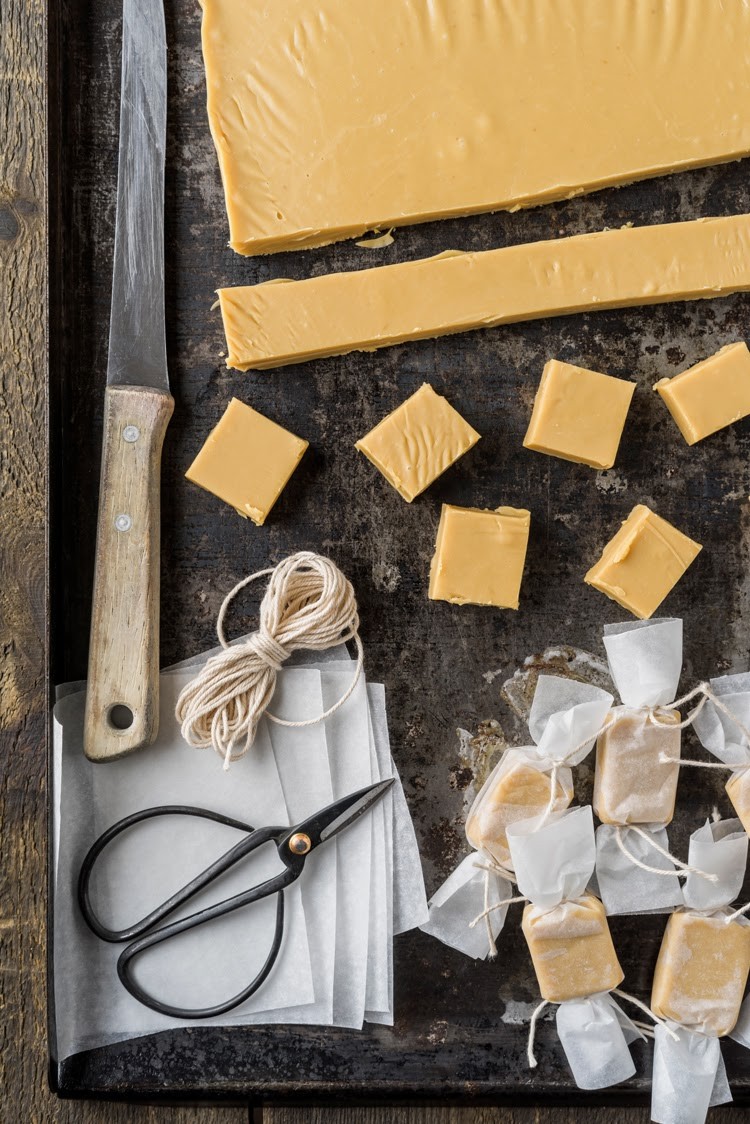
This image of toffee shows the hands-on touch to the packaging process, conveying the brands traditional approach to customer care. (Source: Elisabeth Cölfen)
Now back to our lotions. We dig through our data on our past customers for these products (you do keep track of this data, right?) giving extra emphasis to the people that share their experiences with our products on social media. For the antiaging cream, we see women who are often working professionals, dress a bit on the conservative side, but are still modern and fashionable. Well, we gather up some items, and we take our shot.
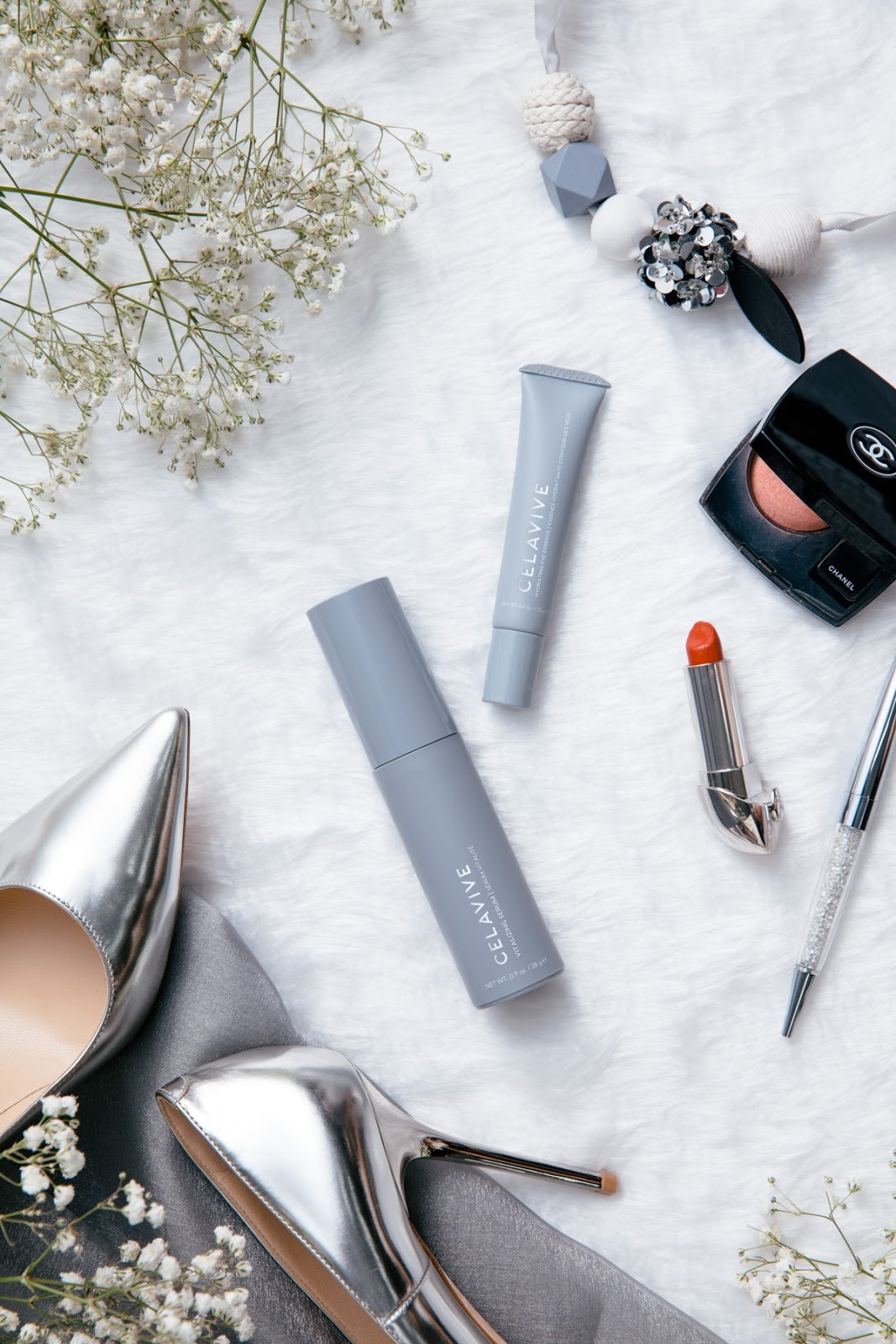
(Source: GradePixel)
That’s quite a lot better, isn’t it? We still see the matter-of-fact item, even better now as it has items for scale as opposed to an endless void. We can start to imagine the kind of person that has this product and how this product could fit into her life. Our mirror neurons fire, and we feel how this can fit into our lives. And this all happens in an instant!
Back to the sunscreen moisturizer. Back in the data, we find the customers for this are often women of university age or just starting in the workforce. They tend to be physically active and enjoy going to the beach. So we go back to the studio.
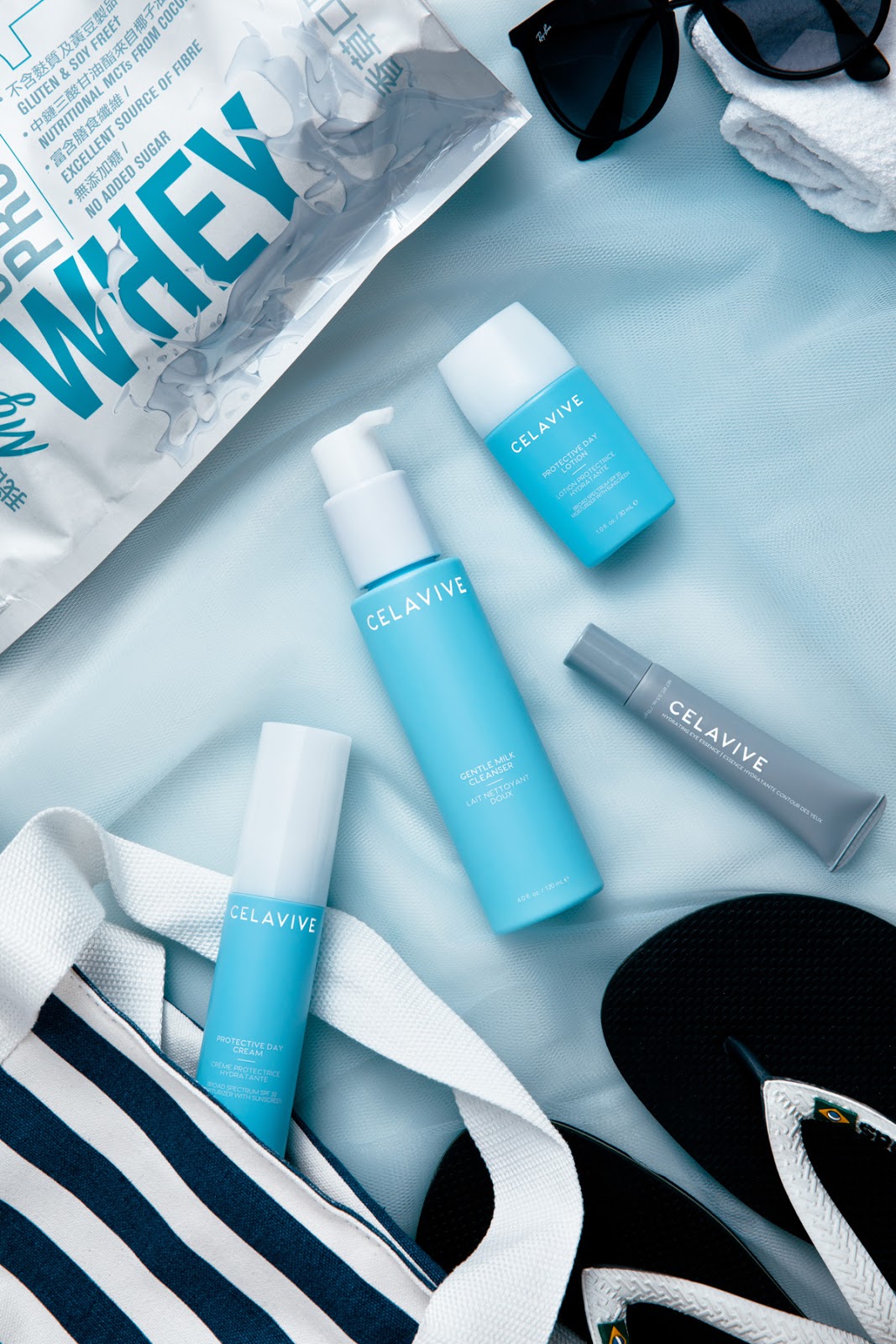
(Source: GradePixel)
Products are still front and center, but what are these other things—flip-flops, protein powder, beach bag, and a towel? I think I know this woman!
The stories your product photos should tell will vary wildly depending on your industry, your brand identity, your customers, and your products, but hopefully this has gotten into your head the importance of really evaluating where you can improve your products shots. While you can learn all this yourself, it could be best to contact freelancers that specialize in this sort of thing.
For Your Inspiration …
Here’s a small sample of inspiring product shots, curated by PowerPost.

This lifestyle shot clearly emphasizes the Nike shoes, providing unique angles and a strong sense of the wearer’s identity.
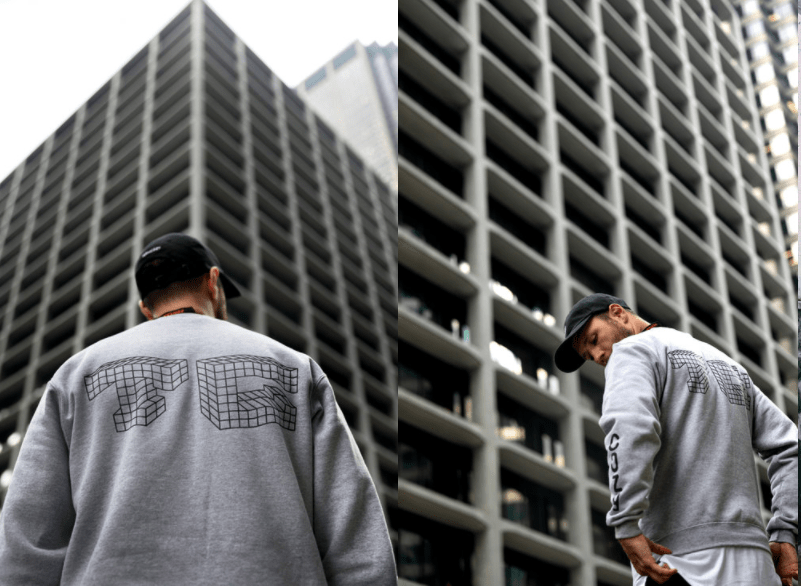
Even small changes in terms of locale and perspective make what would otherwise be basic model shots of these Team Cozy sweatshirts express the urban lifestyle the brand represents.

Only barely departing from the basic idea of the mannequin shot, this image has a Whiskey Grade motorcycle jacket positioned in a setting that conveys its vintage roots.
Wrap Up
Hopefully, throughout this article you’ve started thinking about how to better tell the stories in which your product is involved, but if you haven’t, it’s okay. Moving forward, keep these ideas in mind, and you’ll start to see the opportunities.
If you doubt your own creative bones, you can always hire out for this photography and visual storytelling. Your product photos are so important that they are absolutely worth the extra investment!
Resources
Delacruz, J. (2018). The ultimate DIY guide to beautiful product photography.
https://www.shopify.com.sg/blog/12206313-the-ultimate-diy-guide-to-beautiful-product-photography
Depaoli, R. (n.d.). How to create perfect flat lay photography.
https://www.befunky.com/learn/flat-lay-photography/
Fitton, P. (2017). 10 Creative product photography shots for your inspiration.
https://www.powerpost.digital/insights/10-creative-product-photography-shots-inspiration/
Mitra, S., and Kavoor, A.R. (2014). Selling through “reflections”: Mirror neurons and anthropomorphic advertisements.
https://pubmed.ncbi.nlm.nih.gov/25585476/






